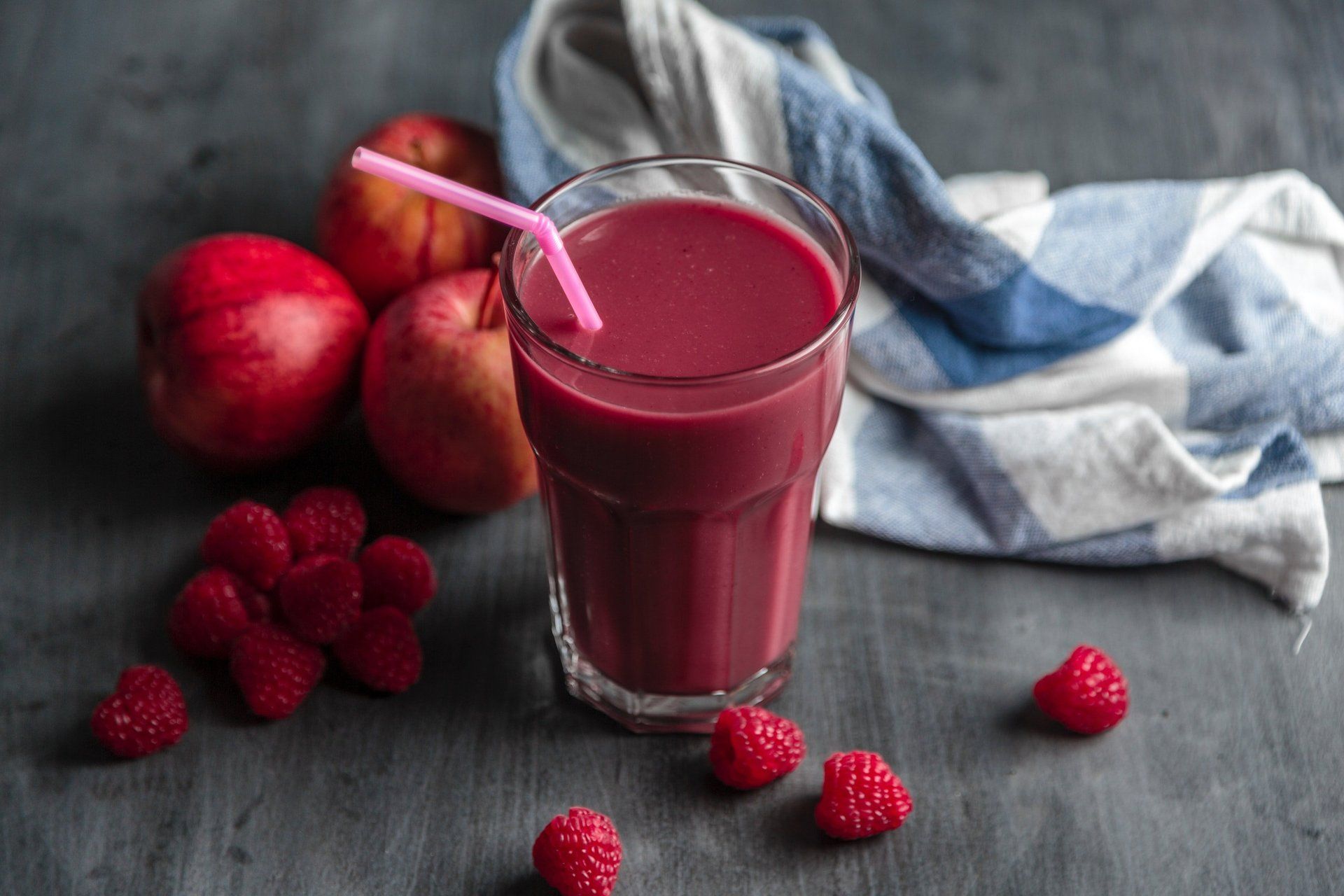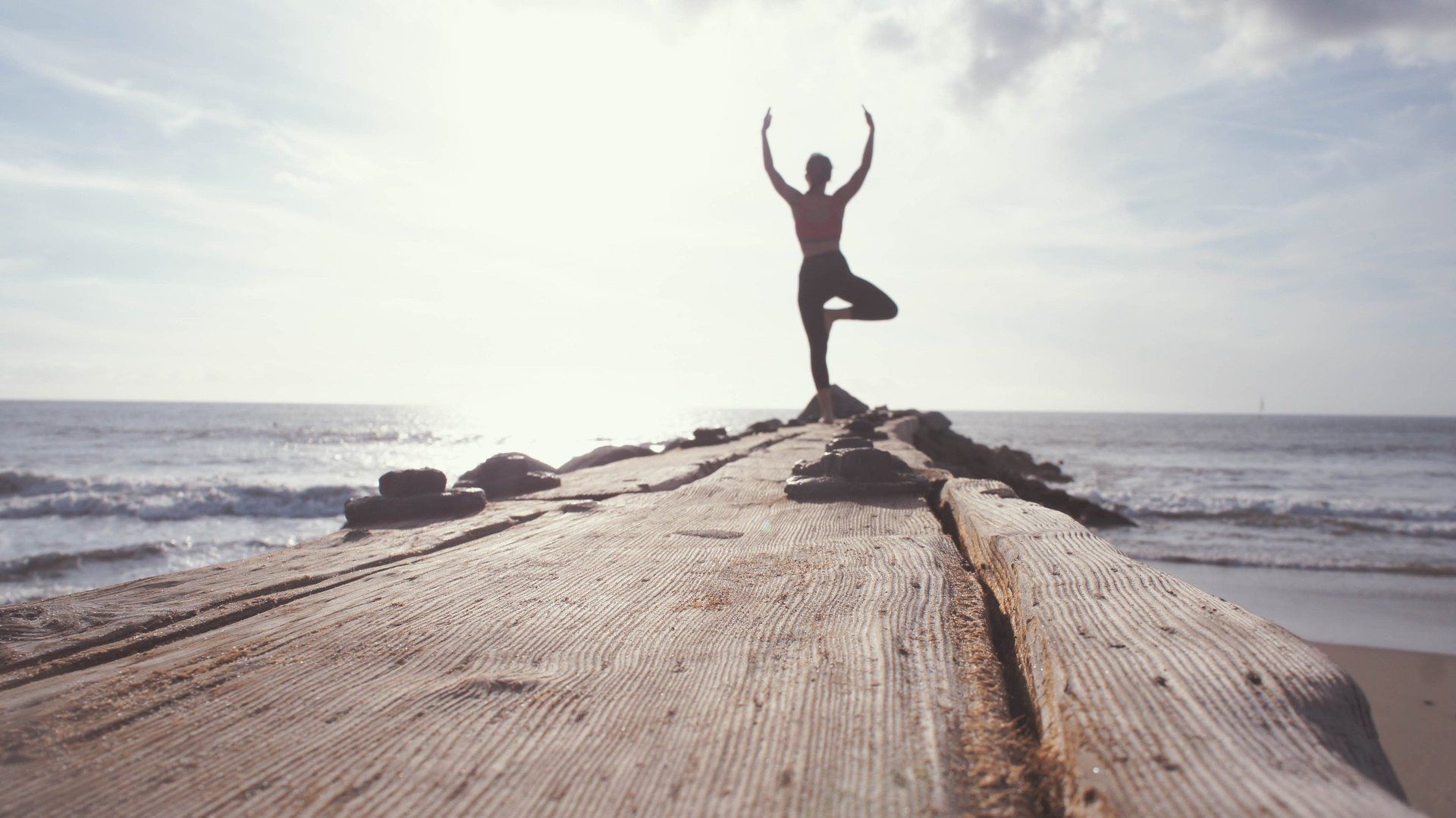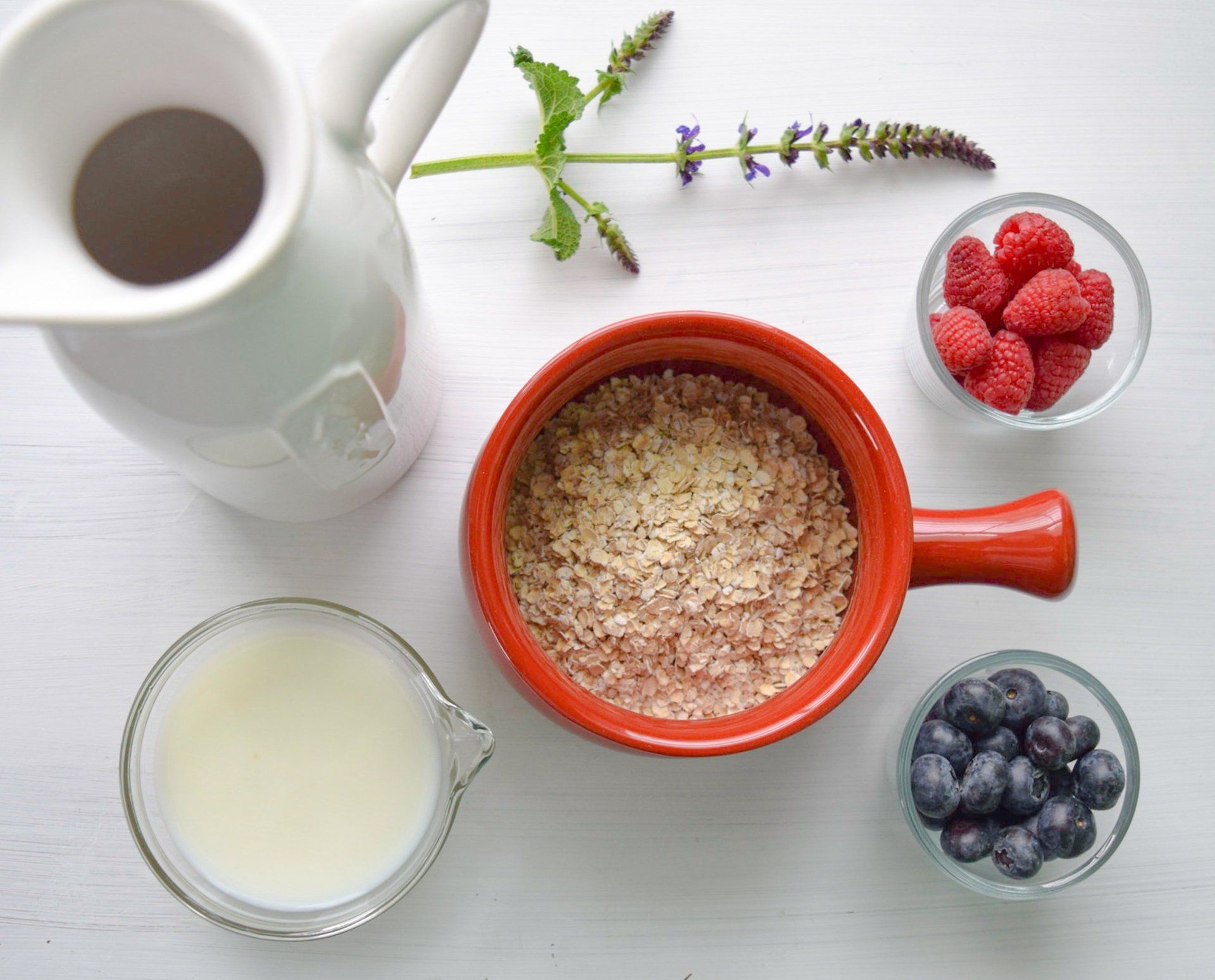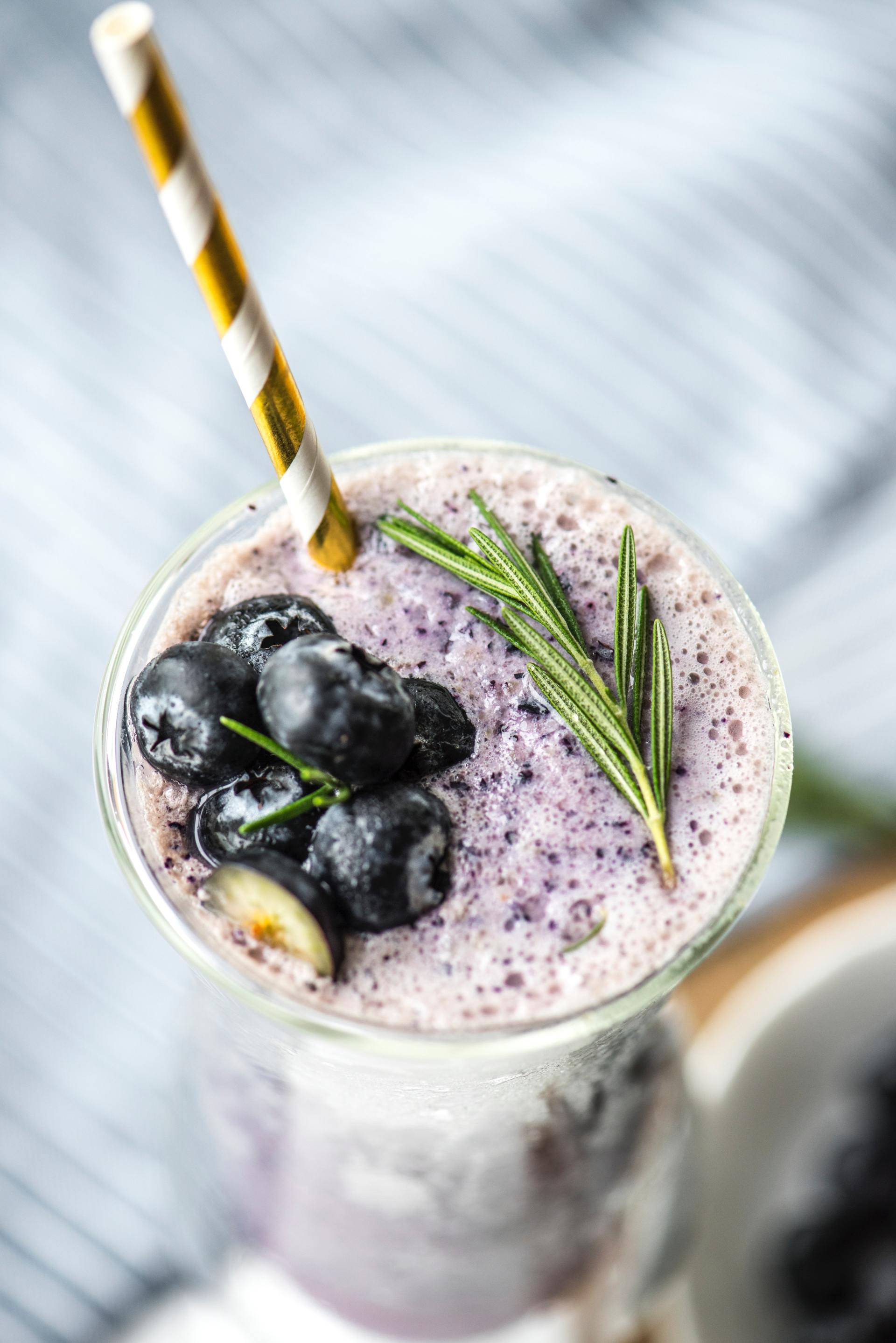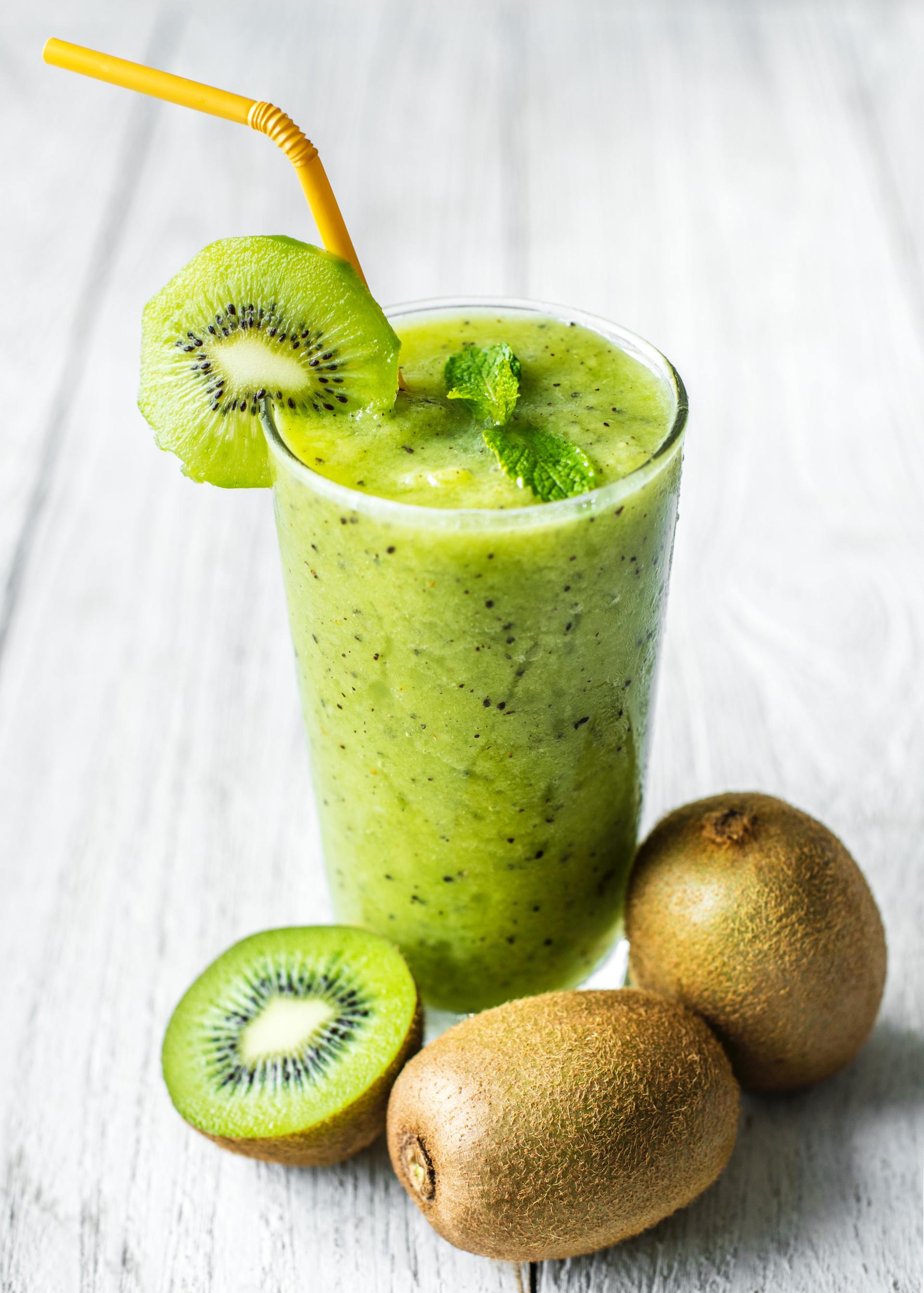How To Balance Your Chakras With Chakra Yoga
Yoga has seen something of a renaissance in the world over recent decades, as it offers mankind the tools and techniques with which to truly know our bodies, and allow the natural power within us to circulate properly and maintain our physical, mental and spiritual well-being.
As we continue to struggle through this new century, millions upon millions of ordinary people are beginning to look for ways to deal with the pressures and stresses modern life piles upon their lives.
This age is not an easy one; we work harder than ever before, our concerns and worries are seemingly unending and based in little more than abstract concepts – money, security, the uncertainty of our futures.
As such, it comes as no surprise to see that people are looking to the past and to other civilizations for the solutions to their problems.
Yoga has been practiced in the East for millennia, and is a key component of Indian spiritual behavior.
By regulating and controlling the way breath, and prana energy, is circulated through the material body, one can ensure not only good physical health, but also the ability to gradually feel the presence of the divine, step further along the pathway towards enlightenment and live more comfortably in these difficult times.
Yoga has seen something of a renaissance in the world over recent decades, as it offers mankind the tools and techniques with which to truly know our bodies, and allow the natural power within us to circulate properly and maintain our physical, mental and spiritual well-being.
Using Yoga for Chakra Opening
When it comes to our chakras , those seven spinning vortexes of energy within our bodies, yoga can be a great tool to cleanse, unblock and generally maintain the energy flow inside each and every one of us.
The ancient wisdom of yogic positioning and breathing contains reams of knowledge regarding the healthy maintenance of the chakras, with each chakra being related to one or more yogic pose.
With even some basic knowledge of yoga and meditation, you can effectively and accurately work on a particular chakra which requires attention, as well as balance all of your body’s energy centers and allow them to remain harmonized, open and freely spinning.
As our seven chakras run in a straight line from the crown of our heads down to our tail bone, simply adopting a cross legged or lotus position can be highly beneficial, as it allows our chakras to perfectly align, with energy being both accepted and released from the root, and rising and descending in a straight line through the entire body.
By combining this most simple of yogic positions – straight backed, cross legged – with some slow and steady breathing every day for as little as fifteen minutes, you can improve your overall chakra health considerably.
Cleansing the Chakras
To stimulate the crown chakra, the seventh of your energy centers and perhaps the most important in regards to spiritual and personal progress, one must find a way to focus the attention of the entire body onto the top of the head.
That automatically will start to stimulate your ajna chakra which is located in between your eyes and top of the head. It is known as the third eye of the observer and sometimes people can even feel it when they had meditation as a regular practice.
Most yogis would agree that the most effective way of doing this is by adopting a muladhara head stand position – literally, standing on your head, with your back straight and with your elbows and forearms supporting your weight.
However, the vast majority of those without practice or yogic training may struggle to undertake this relatively advanced position.
Therefore, the crown chakra can be stimulated and opened by undertaking a simple yoga mudra; from a sitting position or cross legged position, lower your head to the floor either by leaning forwards slowly and purposefully, exhaling as you do so, or by leaning backwards and letting your head carefully reach the floor.
This allows your lower body energy, and the energy of the earth rush towards your crown, giving it the power it requires to ‘kick start’ and open.
As with the crown chakra, each yogic chakra position has some relevance and emphasis on the area of the body the chakra is located in.
Therefore for sacral chakra exercise and cleansing, yoga positions which require flexing and releasing of the groin and buttock region are ideal.
Heart and solar plexus chakra yoga positions concentrate on the core of the body, with pressure and weight being taken and held by this region, and so on.
It is vitally important to remember that all yoga positions are beneficial to the chakras, as they allow us a greater understanding and sense awareness of our bodies, bringing our minds, spirits and physical forms into harmony with each other.
Should you find any position too uncomfortable, or are seeing no obvious improvements, simply experiment with others, or mix and match your routine to best suit yourself.

